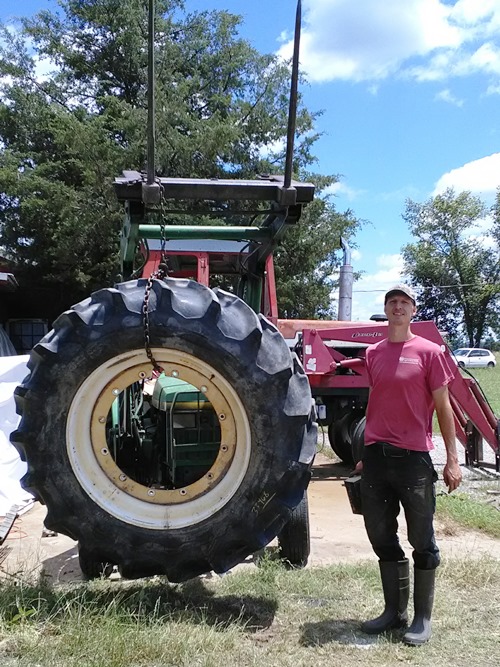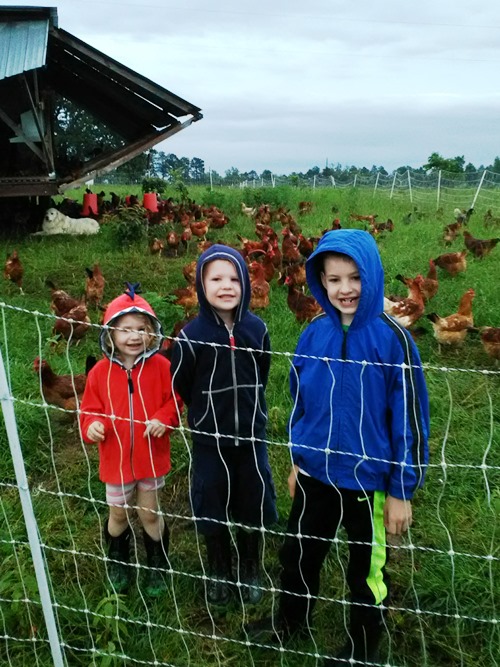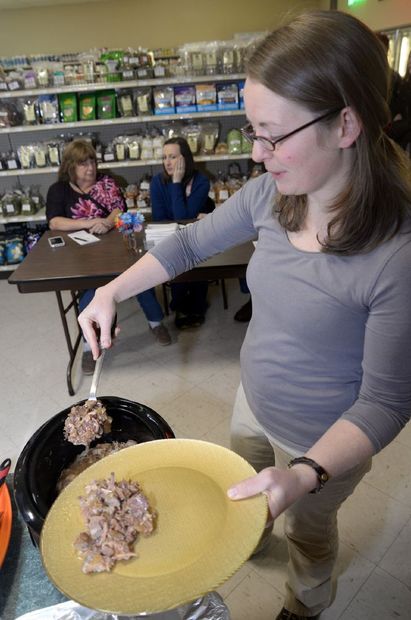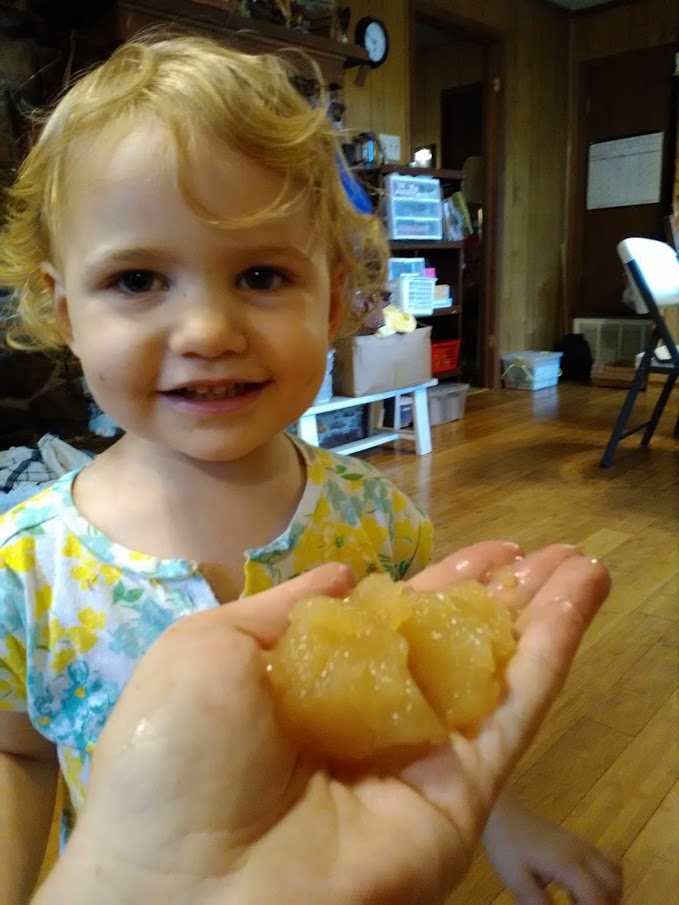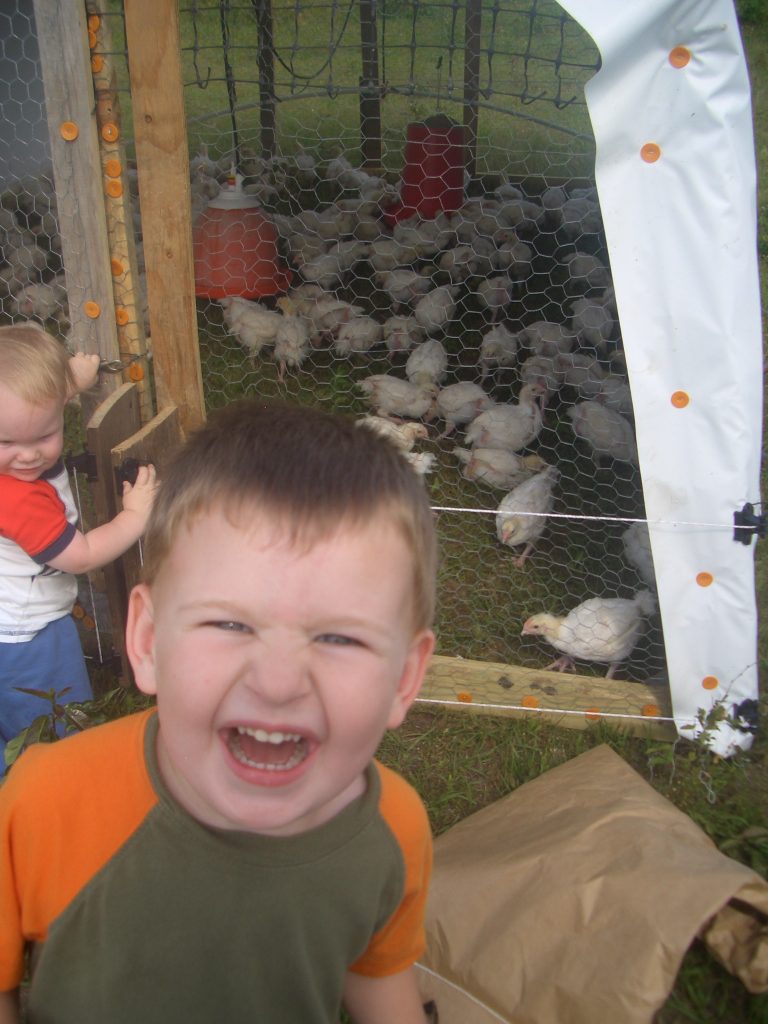Here’s the third installment–if you’re here, you’re a trooper! I appreciate you taking the time to educate yourself on these very important issues.
Why Pasture-Raised Meats… What have we learned so far?
My first article was some discussion of why we’re even bothering to make the case for meat. If there are all these problems in the food system, resulting in the best products being shockingly expensive to produce, wouldn’t organic plant-based foods be ideal? Explore that question here.
We decided that meat is worth eating, but we need to understand how it is produced. The take-away point from my arsenic in chicken article is that the governing authorities are simply not looking out for the health interests of consumers. It’s sad to me that first the arsenic was approved with no safety testing; then when testing was finally conducted 60+ years later, the first arsenic compound was quietly replaced by a different arsenic compound, and only later was supposedly ultimately removed from the food system (But where is the paper trail proving it? Things still seem pretty fishy to me…); and last, a consumer petition to ban any arsenic in the future was totally denied. Why would they deny a ban if they planned to remove it anyway? Many questions remain unanswered.
This trend is not characteristic of a safe food system, and this is not the only example of the trend.
Our modern food system does not emphasize consumer health. Instead it emphasizes profit first and foremost, and problem solving is always to do with patching up issues that arise when you put profits first, instead of finding the best way to produce food for the land, animals, and eaters. (Hint: We believe there really is a best way for everyone/everything!)
Why Pasture-Raised Meats? They fatten on the right stuff!
The conscientious eater should desire for their meat to contain adequate amounts of fat, flavor, and nutrients. The innovative farmer should desire for his animals and crops to grow efficiently. But where we go wrong in the American food system is when we start looking to unnatural means to accomplish these goals.
Arsenic was the first example which we explored of those unacceptable deviations from natural management. But it is one of the older and perhaps lesser grievances in conventional animal production. There are many more in practice now, and unless consumers really change the way they shop and eat, there will always be some new strategy to “make meat better” or to produce it for less, without much care for the long-term implications of the practices employed in food production.
My hope is that you get a sense of how things are done in conventional livestock production so that you, too, will become convinced that Knowing Your Farmer is the best solution. You see, there seems to be a sort of attitude of “innocent until proven guilty” when it comes to feed additives for livestock. That’s ok when it comes to accused citizens on trial… but not so good when it comes to synthetic substances in the food system!
This article will discuss four main feed additives that are used to quickly/cheaply put weight on conventional livestock.
Growth Enhancers: Cattle, Pigs, Turkeys
One of the most widely used synthetic growth enhancers is ractopamine, and it is used in beef cattle, pigs, and turkeys. The basic function of ractopamine is to produce more muscle and less fat and to improve feed efficiency by changing the animal’s metabolic processes. We have already touched on why leaner food is not a good idea, but even if lean meats were healthier than fatty ones, I would argue that *naturally* lean would be key–not starved, and certainly not enhanced with drugs. The converse is true as well–naturally fat is better than fat that comes from artificial enhancement. But even if you’re still not quite on board with the idea that fat is a good thing, you can take this point to the bank: If we have to dose an animal with drugs to make their products “healthier,” something is very wrong.
Now I realize that is terribly unscientific, and shame on me for poo-pooing cost-saving strategies in food production without basis. Surely they’ve done safety testing and established acceptable levels… right? Sure, they *sometimes* test for tissue levels of the drug along production checkpoints, and perhaps there are some withdrawal times and max dosage requirements, etc. But do we really feel comfortable relying on some worker somewhere checking a box that says the meat doesn’t have more than a certain amount of a chemical that was deliberately added to it in the first place? You’ve probably never even heard of this practice–if you don’t know about it, how can those who feed you be held accountable? And yet every local 4-H’er buys the Show Pig or Show Steer feed at the local feed store. Guess what’s in it. Yep. Ractopamine. Produces a nice, thick, lean carcass in less time on less feed. Do they all adhere to withdrawal guidelines? Think everyone in industry does, too? If so, you have more confidence than I do!
I suspect that ractopamine is our generation’s arsenic. Someday they’ll look back and say, “They were wrong about allowing those chemicals–look at all the harm they’ve done!” If our nation wasn’t dying of cancer and heart disease and actually losing life span years, I might be more inclined to be quiet about it. But look at my own life–my husband, a young, healthy athlete, struck nearly dead with a disease no one could explain or cure.
Oh wait. Now he’s cured. Symptom- and drug-free for almost 7 years now. Coincidentally, 7 years ago, we gave up trash food like conventional meats in favor of nutrient-dense pasture-raised meats that don’t have drugs fed to them. Is that scientific enough?
Antibiotics: All Livestock
Here’s an interesting fact for you: 80% of antibiotics sold in the US are fed to livestock intended for slaughter for the purpose of increasing their weight gains. Just think how staggering that is. It’s not for sick animals that got injured somehow and need doctoring. It is expressly for making them grow better in feedlot conditions.
Even if antibiotics were perfectly non-toxic and posed no risk to consumers, what is the environmental impact? When the animals defecate, the drugs end up in the soil and water. The effects are even farther-reaching than that. Studies have linked resistant bacteria in humans to antibiotic use in livestock, meaning that animals begin to harbor unnaturally strong and harmful bacteria such as E. Coli, Salmonella, and various strains of Staph, Strep, etc, and then pass those on to us. When you bring that food into your kitchen, you expose your family to risk, especially those with compromised immune systems.
Matt was diagnosed with having a C. Diff. infection while hospitalized for a flare-up of ulcerative colitis. Could this have been related to the food he was eating? The doctors told us C. Diff. is common among elderly and children, and asked if we had been around anyone like that. We were in college! We had no children yet, and we were far from family members. No one could explain how he had picked up such a nasty infection, which they named as the culprit for his flare-up that almost killed him. Maybe it was the food all along…
Trans Fats: Pigs and Cows
You remember the hype about trans fats, don’t you? Even the FDA admitted that no amount of trans fat is safe in the diet, so you know it is really bad. But most people have no idea that every day, thousands of pounds of expired bakery goods full of trans fats (from hydrogenated oils) are fed to dairy cows, pigs, and even beef cows, to put on weight as cheaply as possible. Potato chips, donuts, chewing gum, stale bread, candy bars–they even have a special machine called a tumbler that removes the wrappers from the candy before feeding, and we’ve had friends whose summer job was to operate these things! Again, if you are what you eat, and it is what it ate, you might as well sit yourself down to a plate full of junk food if you’re still buying conventional meats on a regular basis. Just like in humans, the trans fats come straight through into the fats of animals, where the nutrients are supposed to be.
Poultry Excrement: Beef and Dairy Cattle
I know you don’t want to read this. But it’s time for the truth to come out. Store-bought meat is cheap because it comes from animals fed cheap substances that are not fit for food. One of those things is chicken poop, politely entitled “poultry litter” by the industry. It’s considered to be high in protein and very palatable to the cows. And of course, it’s cheap.
Obviously you see the problem here. The only thing that should be eating chicken poop is the soil organisms. Not beef cows. Not dairy cows. But in the name of $2 per gallon milk and $2 per pound hamburger… this is what conventional producers have to do to compete.
The Answer is Not Cheap Meats
Once again, the solution is not to reject meats. You need them! Your children need them. Their children need them. Our land needs them (more on that later). We simply need to source wisely and support farms that are doing this right.
With many essentials, we shop for quality over price, accepting that the cheapest thing will logically be the least quality. But for some reason, most folks assume that all food is equal, and so finding the cheapest food is perfectly acceptable and even responsible and economical. I’ve actual seen frugal living blogs tout that their only goal is to eat as cheaply as possible–their local grocery store would end up paying them (via coupons) to eat cans of cream-of-chemical soups, toaster pastries with infinite shelf life, and breakfast cereals full of marshmallows and miniature cookies. But it was cheap! And nothing else mattered! Just listen to how preposterous that idea is. But I was in the same boat, once, before we experienced our health crisis.
Hopefully in reading this article and the previous ones, you now realize that the concept of baseline quality in food is false. Some foods are terribly low in quality and even harm your health. Especially in children. Cavities, crowded teeth, ear aches, skin issues, digestive problems… What if these all have do with the quality of our food?
When you buy a car, you don’t search for the cheapest car, considering nothing else. You want a car that works, that’s reliable, that runs well, doesn’t burn too much oil or fuel, and that has features that are valuable to you and add to your health and well-being (like air conditioning and seatbelts). It’s no good if you get a really cheap car that gets you nowhere, or maybe that gets you there but does so in absolute discomfort.
Food is analogous. What we put into our bodies matters. Animal products are essential to our health and to food production as a whole. But just as we need good nutrition, the animals we use for food need good nutrition.
If you’ve read this far, you probably agree. Please share this important information with people that you care about. And thank you for supporting local farms like ours!
Next time we’ll talk some more about conventional versus pasture-raised meats and how to be a savvy shopper. Stay tuned to our newsletter for the next article!

